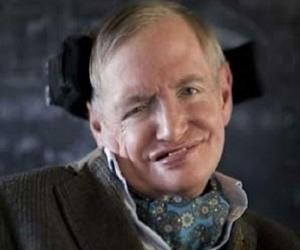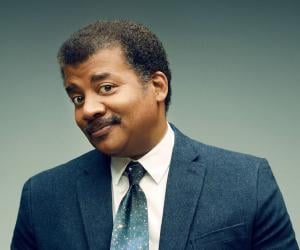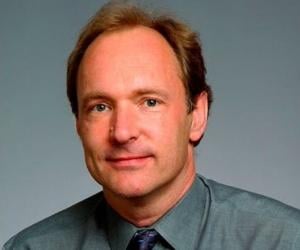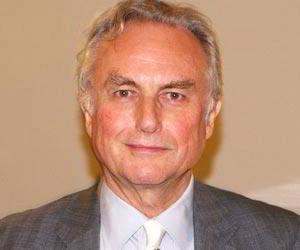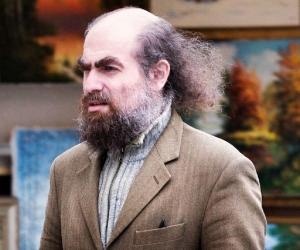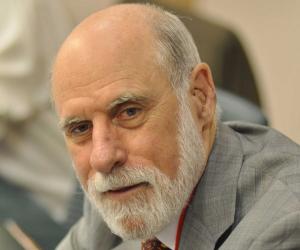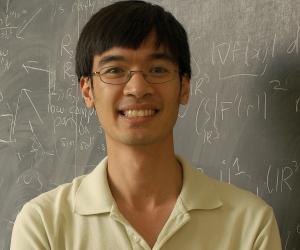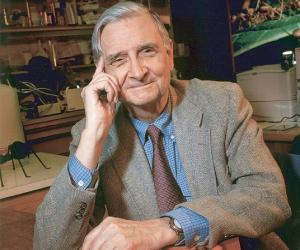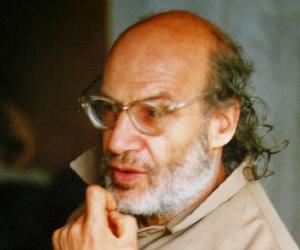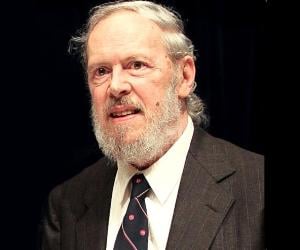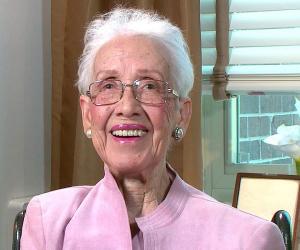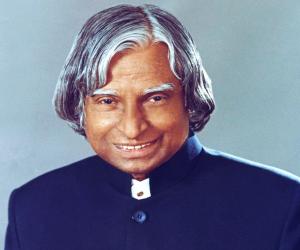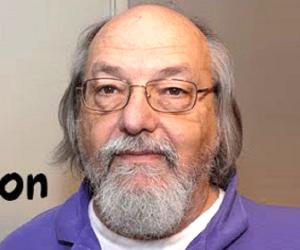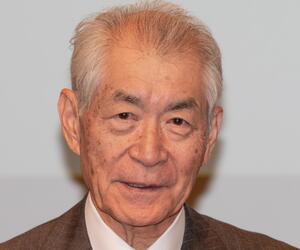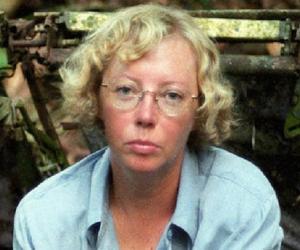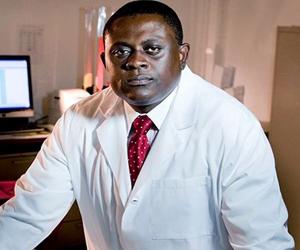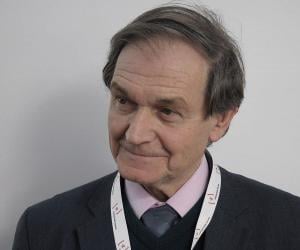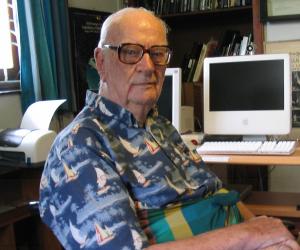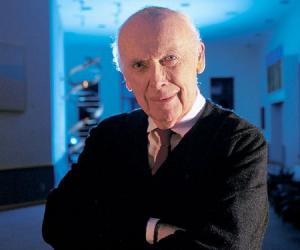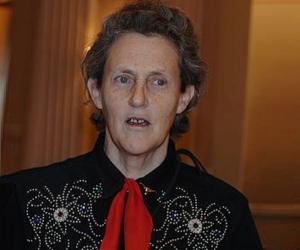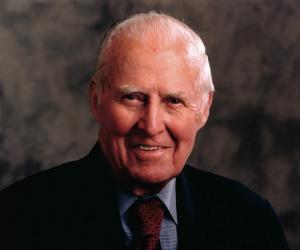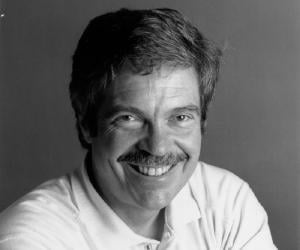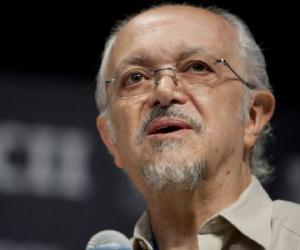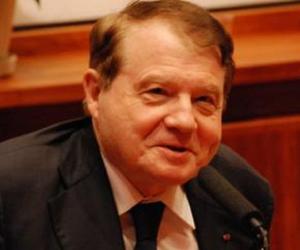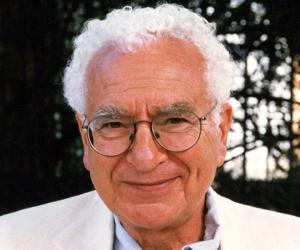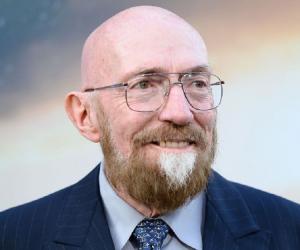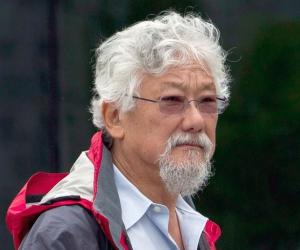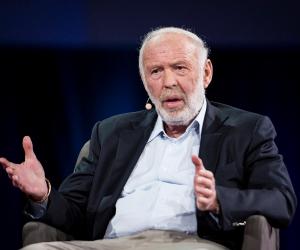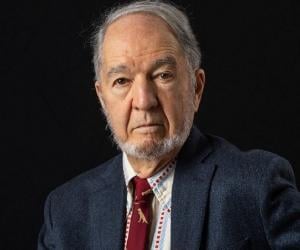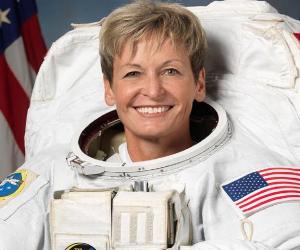Stephen Hawking was an English theoretical physicist and cosmologist, who despite being afflicted motor neurone disease that severely limited his physical abilities, was able to build a phenomenally successful career. He was the first to set out a theory of cosmology explained by a union of the general theory of relativity and quantum mechanics. Hawking was ranked 25 in the BBC's poll of the 100 Greatest Britons, in 2002.
Public Welfare Medal-winning astrophysicist and academic Neil deGrasse Tyson hosted shows such as NOVA ScienceNow, Cosmos: A Spacetime Odyssey, and Star Talk. He is the director of Hayden Planetarium and contributed to the dismissal of Pluto’s status as the ninth planet. He has also written a monthly column as "Merlin.”
Widely known as ten inventor of the world wide web, Tim Berners-Lee made the first communication between an HTTP client and server through the internet in 1989. He is associated with various organizations, such as the W3C and the World Wide Web Foundation, and has received the knighthood, too.
Richard Dawkins is a British ethologist, author, and evolutionary biologist. He first achieved popularity after publishing his book, The Selfish Gene, which is credited with popularizing the gene selection theory. The book is also credited with introducing the term meme. In 2006, he established the Richard Dawkins Foundation for Reason and Science to promote secularism and scientific literacy.
Terence Tao is an Australian-American mathematician who works at the University of California, Los Angeles as a professor of mathematics. Widely considered one of the most prominent living mathematicians, Tao was honored with the prestigious Fields Medal in 2006. In 2014, he was awarded the Breakthrough Prize in Mathematics.
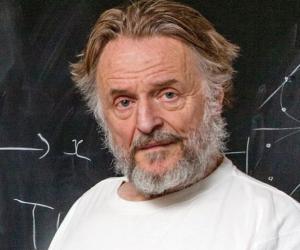
Remembered as versatile mathematician, game wizard and polymath, John Horton Conway had limitless curiosity, which matched with his scientific originality. Although he is best known for devising the cellular automation called Game of Life, he made significant contributions to group theory, number theory, algebra, geometric topology, theoretical physics, combinatorial game theory and geometry. Conway published many outstanding papers in these fields.
E. O. Wilson is an American naturalist, biologist, and writer. An influential biologist, Wilson has earned several nicknames, such as The Darwin of the 21st century. He has also been referred to as the father of biodiversity and the father of sociobiology. In 1995, he was ranked among the most influential American personalities by Time magazine.
Alexander Grothendieck was a 20th-century mathematician who was a leading figure in the creation of modern algebraic geometry. With his so-called "relative" perspective, he revolutionized many areas of pure mathematics. During his later career, he became a professor at the University of Montpellier. He is counted among the greatest mathematicians of the 20th century.
Computer scientist, Dennis MacAlistair Ritchie, worked at Bell Labs Computing Sciences Research Center for most of his career, co-developing the Unix operating system and B programming language with Kenneth Thompson, co-winning the 1983 A.M. Turing Award for it. Earlier, he had also created C programming language and was involved with the development of the Plan 9 and Inferno operating systems.
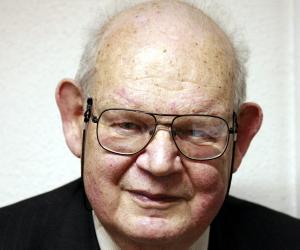
Noted mathematician and polymath, Benoit B. Mandelbrot is perhaps best known for his work on fractal. He not only coined the term, but also used computer-constructed images to illustrate the mathematical definition. Also credited with the discovery of Mandelbrot set and Mandelbrot law, he established that even those things which were apparently chaotic or rough had a "degree of order".
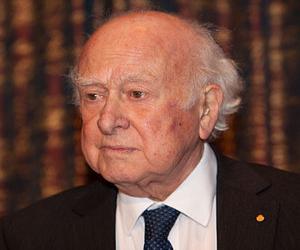
Peter Higgs is a British theoretical physicist. He studied at King's College London and was awarded a Ph.D. in 1954. He went on to have a brilliant academic career and was elected Fellow of the Royal Society (FRS) in 1983. In 2013, he shared the Nobel Prize in Physics with Belgian physicist François Englert.
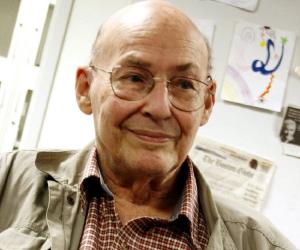
Nobel Prize-winning Japanese immunologist Tasuku Honjo is known identifying the programmed cell death protein 1 and for revolutionizing cancer immunotherapy. Initially part of the University of Tokyo's faculty of medicine, he later taught genetics, immunology, and medical chemistry at several institutes. He was a foreign associate of the U.S. National Academy of Sciences.
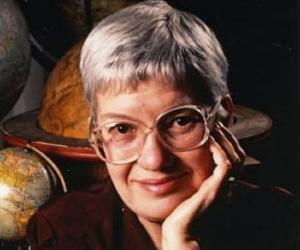
American astronomer Vera Rubin is best known for her pioneering discoveries on galaxy rotation rates, her groundbreaking work confirming the existence of dark matter and for her life-long advocacy for women in science. She studied the galactic rotation curves and provided strong evidence of the existence of dark matter. The Vera C. Rubin Observatory in Chile is named after her.
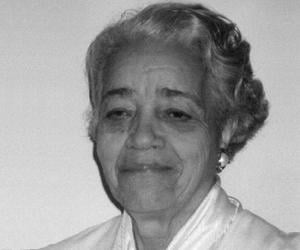
American mathematician Dorothy Vaughan was also known as a "human computer." Initially a math teacher, she became the first African-American supervisor of NACA, later part of NASA, at a time when racial segregation was rampant in the U.S. Her contribution to the early American space programs is invaluable.
Nigerian-American physician, forensic-pathologist and neuropathologist Bennet Omalu is most-noted for discovering chronic traumatic encephalopathy (CTE) in American football players. He was serving at Allegheny County coroner's office in Pittsburgh at that time. He presently serves as President and Medical Director of Bennet Omalu Pathology, chief medical examiner for San Joaquin County, and as professor at the University of California, Davis.
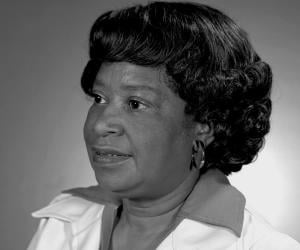
American mathematician and aerospace engineer Mary Jackson went down in history as the first African-American woman to work as a NASA engineer. Initially a math teacher, she later joined NACA under Dorothy Vaughan and contributed to countless American space programs at a time when racial segregation was the norm.
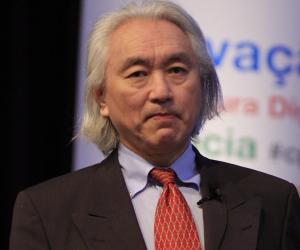
Apart from teaching at the City College of New York, theoretical physicist Michio Kaku also often pens his thoughts in blogs and has written several bestselling books, such as The God Equation. His research is focused on the string theory. He also believes in the existence of aliens.
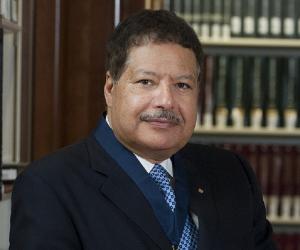
Roger Penrose’s contribution to the research related to the black hole and general relativity earned him the Nobel Prize in Physics in 2020. The Emeritus Rouse Ball Professor of Mathematics at Oxford, Roger is also a fellow of Wadham College, St John's College of Cambridge, and University College London.
James Watson is a geneticist, molecular biologist, and zoologist. He is credited with co-authoring the academic paper that propounded the double helix structure of nucleic acids such as DNA for which he was awarded the Nobel Prize in 1962. In 1977, he was honored with the Presidential Medal of Freedom. In 1997, he was awarded the National Medal of Science.
Temple Grandin is an American activist and scientist. An outspoken proponent of the neurodiversity and autism rights movements, Grandin is one of the first individuals to document the insights gained from her own experience of autism. She has also authored over 60 scientific papers on animal behavior. Her life and work inspired the 2010 biographical drama film Temple Grandin.
Norman Borlaug was an American agronomist who played a key role in the Green Revolution, a set of research technology transfer initiatives that increased agricultural production, for which he won the Nobel Peace Prize in 1970. Nicknamed the Father of the Green Revolution, Borlaug was also honored with the Congressional Gold Medal and Presidential Medal of Freedom for his work.
Mario J. Molina was a Mexican chemist who played a key role in understanding and explaining the threat from chlorofluorocarbon (CFC) gases to the Earth's ozone layer, which earned him the prestigious Nobel Prize in Chemistry in 1995. Molina was the third Mexican-born Nobel laureate and the first Mexican-born person to win a Nobel Prize in Chemistry.
French virologist Luc Montagnier is known for discovering the human immunodeficiency virus (HIV) which led him to jointly receive the 2008 Nobel Prize in Physiology or Medicine. Montagnier also made headlines promoting controversial and unverified claims related to vaccinations, homeopathy and COVID-19 pandemic, which he argued as man-made and possibly a result of an attempt to create an HIV/AIDS vaccine.
Nobel Prize-winning American physicist Murray Gell-Mann is best remembered for his research on elementary particles. The Yale and MIT alumnus later taught at Caltech and is credited with coining the terms "quark" and "strangeness" in quantum physics. A linguistic enthusiast, he also co-established the Evolution of Human Languages program.
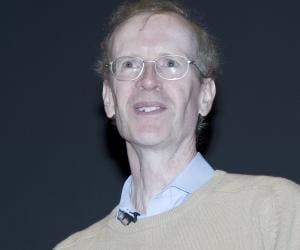
English mathematician Sir Andrew John Wiles, a Royal Society Research Professor at the University of Oxford, is best known for proving the modularity theorem for semistable elliptic curves, thereby proving Fermat's Last Theorem for which he was awarded the Abel Prize and the Copley Medal by the Royal Society. He also proved the main conjecture of Iwasawa theory.
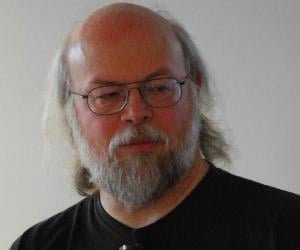
James Gosling earned the nickname Dr. Java after he revolutionized the world of computer programming with his Java programming language. The Carnegie Mellon alumnus has had a 26-year stint with Sun Microsystems. The computer nerd has a picture of the first 1000 digits of √2 framed in his office.
American theoretical-physicist Kip Thorne, who is noted for his contributions in gravitational physics and astrophysics, is known for Thorne-Żytkow object, Thorne-Hawking-Preskill bet, LIGO, gravitational waves and the book Gravitation. Thorne along with Rainer Weiss and Barry C. Barish received the Nobel Prize in Physics in 2017 for their contributions to the LIGO detector and the observation of gravitational waves.
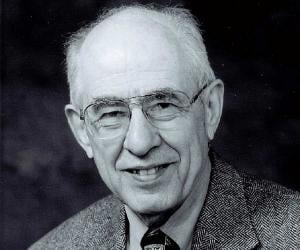
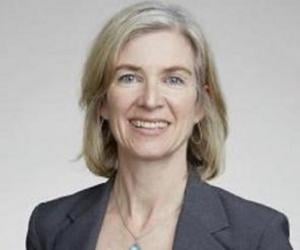
American biochemist Jennifer Doudna of the University of California, Berkeley, who has made fundamental contributions in biochemistry and genetics, is best-known for her pioneering work in CRISPR gene-editing. Doudna and Emmanuelle Charpentier received the 2020 Nobel Prize in Chemistry for developing a method for genome editing through CRISPR, marking them as the only two women to share science Nobel ever.
The son of a shoe factory owner, mathematician-turned-hedge-fund-manager James Harris Simons studied math at MIT and helped the U.S. break codes during the Vietnam War. He later founded his own hedge fund firm, Renaissance Technologies. He supports autism research and funds Math for America. In 2021, he was America’s 23rd-richest person.
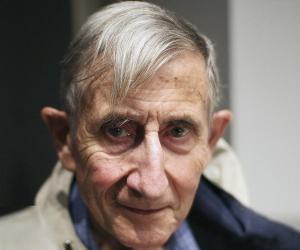
Freeman Dyson was a British-American theoretical and mathematical physicist, mathematician, and statistician. He made major contributions in the fields of quantum field theory, astrophysics, random matrices, quantum mechanics, and nuclear physics. He originated the concept that went on to be known as Dyson's transform. He received the Golden Plate Award of the American Academy of Achievement in 1986.

Tony Hoare is a British computer scientist who is credited with developing the sorting algorithm quicksort. He is also credited with developing Hoare logic, a formal system for verifying program correctness. Over the years, Tony Hoare has received several prestigious awards for his contribution to computer science.
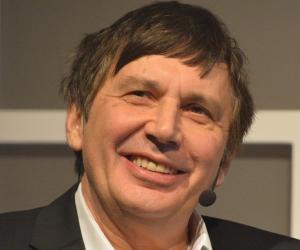
Andre Geim is a Russian-born Dutch-British physicist. He has been associated with the School of Physics and Astronomy at the University of Manchester for several years. In 2010, he was awarded the Nobel Prize in Physics jointly with Konstantin Novoselov in recognition of his work on graphene. He is also a recipient of the 2000 Ig Nobel Prize in Physics.
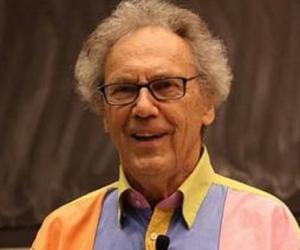
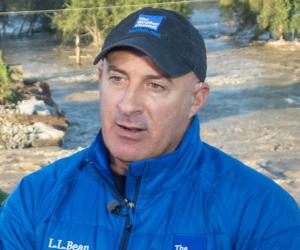
Jared Diamond is an American historian, geographer, author, and ornithologist. He is best known for his books, The Third Chimpanzee, Collapse, Upheaval, and The World Until Yesterday. His 1997 book Guns, Germs, and Steel earned him the prestigious Pulitzer Prize. In 1999, he was awarded the National Medal of Science. Jared Diamond is currently working as a professor at UCLA.
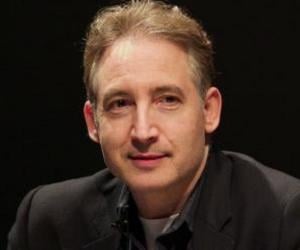
American theoretical physicist, mathematician, and string theorist Brian Greene is noted for popularising string theory through his books like The Elegant Universe, and The Fabric of the Cosmos and related PBS television specials. Greene taught as professor of physics at Cornell University, and presently serves as a professor at Columbia University. He is the co-founder and chairman of the World Science Festival.
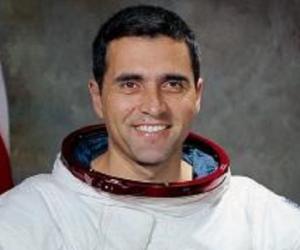
Harrison Schmitt is an American geologist, university professor, and former NASA astronaut. He also served as the US Senator from New Mexico from 1977 to 1983. In 1972, Schmitt became a crew member of Apollo 17 and subsequenly the second-youngest person to walk on the Moon. In 1973, Harrison Schmitt was honored with the NASA Distinguished Service Medal.
The first woman to command the International Space Station, NASA astronaut Peggy Whitson was born to farmers and decided to become an astronaut after watching the moon landing on TV. She also boasts of a PhD in biochemistry and has been a researcher and educator of biochemistry and genetic engineering.
